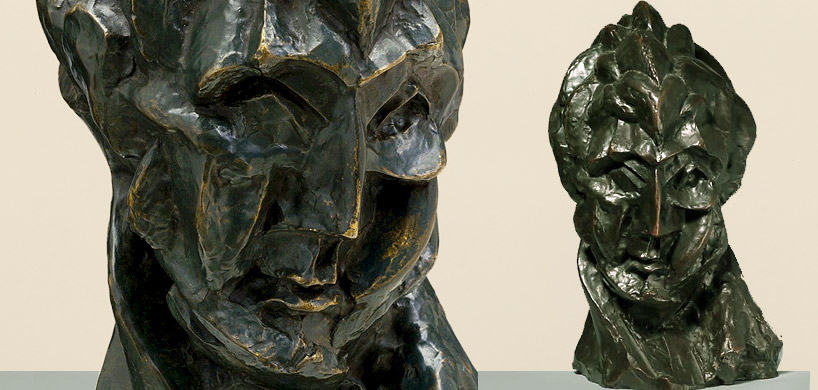Although Pablo Picasso is best known for his paintings, he has also produced some intriguing sculptures. During his lifetime, his frequently exhibited sculptures were mostly two-dimensional works. The first major sculpture of Picasso was exhibited in 1966 when he was 85 years of age.
He turned to sculpture at many of the important junctures of his career. Picasso used a certain medium as a testing ground for his visions. This resulted in some brilliantly crafted masterpieces that challenged the conventional ways in the world of sculpture.
Some of his works served as a base for the development of Cubism. He incorporated objects that were used in the daily lives of people in his works. Here are the three masterpieces from Pablo Picasso that defied the conventional ways of sculpture:
1. Chicago Picasso
This sculpture was dedicated on the 15th of August, 1967. Located in Daley Plaza in the Chicago Loop, it has a height of 50 feet. Over the years, it has become a well-known landmark in Downtown Chicago. Chicago Picasso was the result of the renowned sculptor’s artistic experiments.
The sculpture is a dislocation and distortion of form. The basketwork structure connects the minimalist facial contours with massive wing-like structures for hair made of steel. This sculpture was commissioned in 1963 by the architects of the Richard J. Daley Center. Picasso finished a model of the sculpture in 1965 and approved the final model in the following year.
The overall cost of getting the structure created amounted to $351,959.17, which was paid mostly by the charitable foundations. Initially, the sculpture was met with scorn and ridicule, but it marked the beginning of contemporary art.
2. Head of a Woman, Fernande
Picasso created a series of paintings in 1909, which represented the head and shoulders of Fernande Olivier. She was a French artist and model, who lived with Picasso for seven years. These paintings were highly sculptural in form and provided some hints of early Cubism.
In autumn that year, he produced a small sculpture that was based on these paintings. In a way, it conformed to the conventional ways of sculpture. He first created a clay model and then produced the sculpted portrait. In the sculpture, the head is executed as a series of flat planes.
It seems as if the viewer is staring at the muscles that lie beneath a human body’s exterior surface. The sculpture was created by casting the clay in plaster and carving the surface with a knife. The work was then cast in bronze.
3. Guitar
In order to create this excellent piece of sculpture, Picasso used a new technique of assemblage. This was a complete departure from the sculptural tradition of carving or moulding. He created the first version of this sculpture from cardboard in 1912 and later remade it using sheet metal.
The materials used were very ordinary and entirely different from the traditional sculptural materials. Bronze, wood, and marble were the materials that were used in sculpture traditionally. The early visitors to Picasso’s studio were completely taken aback by his work.
They couldn’t tell whether it was a painting or a sculpture. For poet Andre Salmon, the effect that the sculpture produce was more important. His work was a radical breakthrough in those times, liberated from the tyranny of genres.


